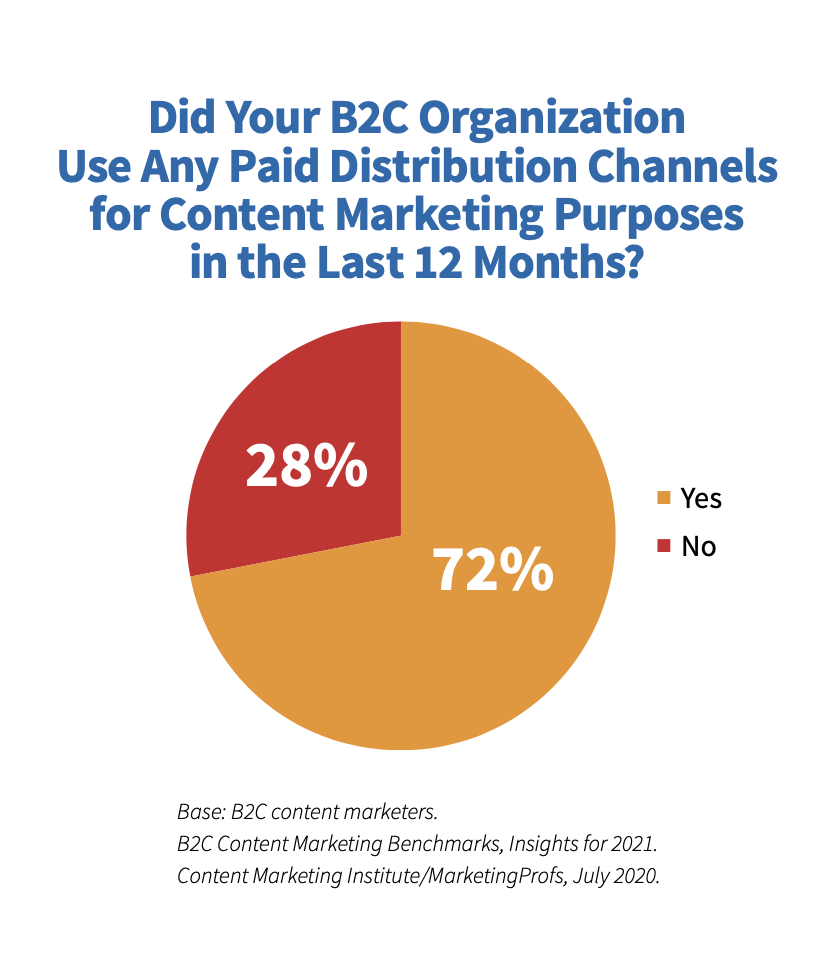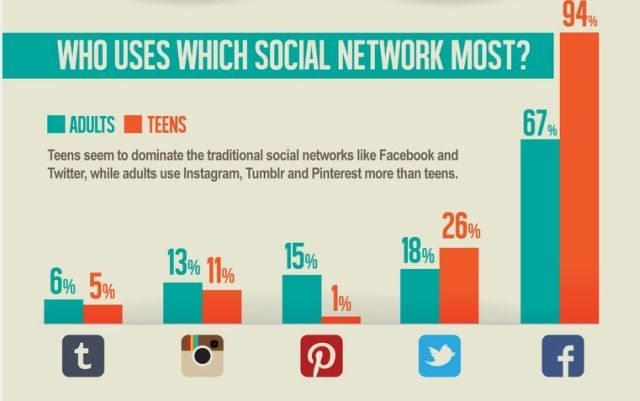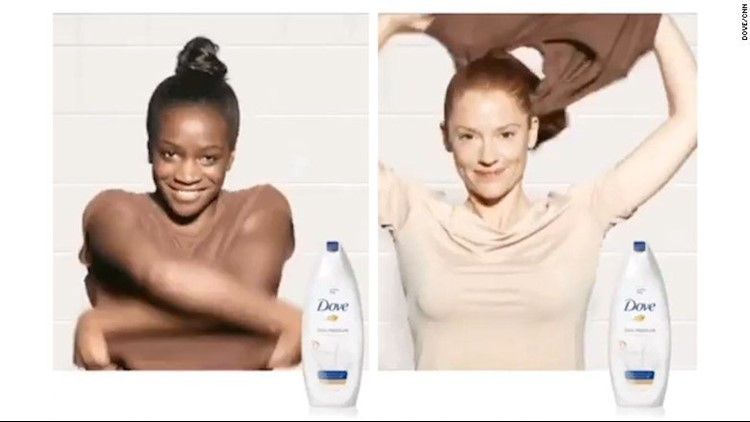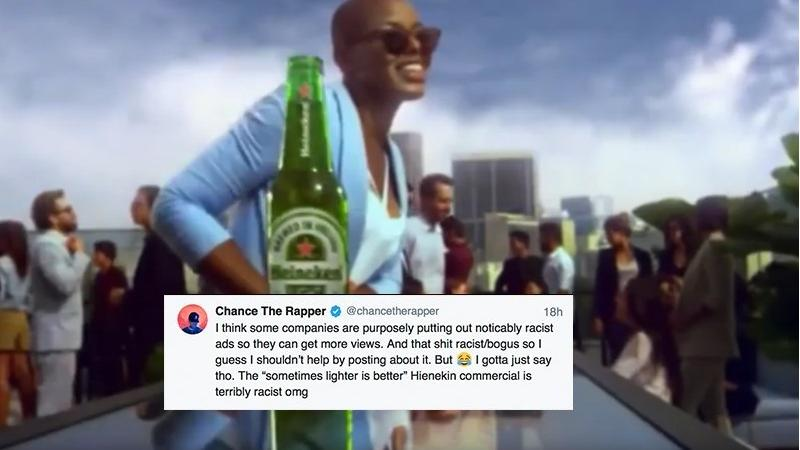10 Biggest Marketing Fails in Content Distribution

Table of Contents
- Why Do Marketing Campaigns Fail?
- 5 Things to Avoid in a Content Distribution Strategy
- 10 Biggest Marketing Fails in Content Distribution
- Key Takeaways
- Conclusion
- FAQs
A brand spends an abundance of time developing content distribution tactics for its product(s) to gain maximum outreach. Sure, an idea sounds great at a table surrounded by professionals, but it can often fail when implemented. There are many reasons, from a poor distribution framework to just not knowing what an effective marketing program looks like. On the bright side, the biggest marketing fails have the best lessons to teach about what not to do or how to do it differently.

Why Do Marketing Campaigns Fail?
Failed ideas can bring you down. But if you look at them with optimism, they are really just lessons waiting to be learned. Every failed marketing campaign can become a stepping stone to success, and for that, you need to evaluate and figure out what went wrong. Marketing campaigns often fail due to the following reasons:
1. Not knowing your right audience.
One of the most important questions you need to ask is, “who is our audience?” The market is too big, and you definitely won’t talk to everyone there. So, you need to figure out who you are targeting; the segment or audience your product appeals to. Build a research-based profile or buyer persona that depicts a target customer. Find their interests, habits, problems, and purchasing decisions. Then, inform them about the value of your product and how it can solve their problems.
2. Lack of research
Marketers tend to be creative people playing around with ideas and concepts. This might result in insufficient time for the research needed about the industry. One needs to find out as much information as possible about their industry, the type of audience they will be catering to, and where to place themselves in that already established market. Do your research well and see what works best for your audience and your product in the market.
3. Focusing on a single marketing channel
Focusing on a single channel means limiting your outreach. There are numerous social media platforms now that let you advertise, remarket, and attract traffic to your product. Each has its advantages and disadvantages. Figure out what platform has which kind of audience and how they can support your objectives.
4. Bad customer experience
Sometimes a good marketing campaign doesn’t bring in the expected return. The reason for this can be a bad customer experience. For example, a slow response to leads by the sales team or a difficult online checkout experience can put the customer off. Often you need to work on internal mechanisms to reap maximum benefit from an already effective marketing plan.

5 Things to Avoid in a Content Distribution Strategy
Content marketing is at its all-time high due to more and more people realizing its effectiveness. However, all your money, time, and effort can go to waste if you have a poor content distribution strategy. Here are some tips on what to do and what not to do regarding content distribution.
1. Overselling your product
Gaining the buyer’s trust is really important. You need to make them realize the value of your product. But don’t be too pushy; nobody likes that. Remember, content marketing is a customer-oriented process and not sales-oriented. Don’t overhype your product; this creates an unreal expectation and a disconnect between you and the customer. Tell them about the product’s values and benefits for authenticity; don’t try to impress them with your product knowledge. Lastly, avoid reaching out to them constantly via content and ads.
2. No diversity in content across all platforms
All social media platforms have an audience of their own kind. So, if you have the same content distribution strategy across all social media platforms, you will only be targeting one set of audiences.
For example, Snapchat and Linkedin users will be completely different in terms of age group, choices, and habits. Diversifying your content will work wonders here. Turn that old article you posted on Linkedin into a quick video for Snapchat. 41.5% of marketers said infographics is another form of engagement that has proven effective.
Know where and how your potential customers spend their time online for a successful strategy. Then determine what type of content is appropriate for which particular platform.
3. Not understanding your target audience.
Finding out where your target audience spends their maximum time is essential. Their choice of platform will directly affect your type of content and its distribution. Once you find their preferred channel, you need to sync it with the time of day when they are most active.
Further, according to the platform and its audience, you must focus on your content’s presentation and format. This might vary according to their pain points and interests.
If your target audience is made up of young people, then visual content might ring more bells with them rather than, say, lengthy blog posts. So, figure out where your audience is hanging out, and then head over there.

4. Outdated content
In this ever-changing world, most things lose relevance quickly. Today’s trend becomes outdated by tomorrow. Meaning, your content also needs to adapt to changing trends and times. Stay focused on the latest viral topics, daily news, and always watch what is happening worldwide.
Even though beneficial, viral content works best for the short term. Hence, this should not be your only focus point. If you prefer long-term content, look up topics that make evergreen content. The best example of this would be a “How-to” guide.
5. Not investing enough in SEO
Investing in SEO has become a priority for business growth. Search engines are a hub when it comes to bringing in new traffic. Do your research on the keywords, use them in paragraph headings. Work on title tag optimization and in-link optimization. Apply this optimization across all social media pages to land a larger audience.
10 Biggest Marketing Fails in Content Distribution
Many ad campaigns fail on social media or in good old print. Even experienced players have made blunders in the past. Let’s look at the biggest marketing fails, including many well-known names.
1. Pepsi ad – Kendall Jenner (2017)
If there were awards for the worst advertisements in history, this would win most of them. While “Black Lives Matter” was a slogan on every American’s lips, Pepsi came up with a bizarre idea.
Their idea to address racism was through a can of Pepsi. Kendall Jenner walked up to a cop in the ad and offered him a can of Pepsi during a standoff between the police and protestors to unify both parties. This resulted in outrage among people because of how lightly the matter was treated. Pepsi was slammed all over social media for being irresponsible, people made parodies, and six months later, PepsiCo president Brad Jakeman stepped down.

2. Sony PlayStation print ad (2006)
Another racially insensitive ad ran back in 2006 in the Netherlands. It showed a determined white woman with white hair grabbing a black woman by the face, and the text behind them read, “Playstation portable. White is coming.”
It is somewhat difficult to understand how they approved this idea during their campaign meetings. Or maybe they wanted to grab attention at the cost of hurting customers’ sentiments. Sony said they intended to highlight the contrast between the colors available in their new Playstation. They withdrew this ad as soon as it created outrage. Maybe times were different then, but it made a stir again in 2017 with a tweet.

3. Ogilvy India (2014)
In 2020, Ogilvy India was named the most effective agency in India at the Effie Awards, a huge honor. But, if we look back at 2014, we see the huge blunder the agency made. In 2014, the World saw its youngest recipient of the Nobel Peace Prize – a 17-year-old activist from Pakistan, Malala Yousafzai. The same year Kurl-On had their new mattresses out in the market. They hired Ogilvy to create their ads.
One of the ads shows a cartoon image depicting Malala, who gets shot and then bounces back to life after a good night’s sleep on the new Kurl-On mattress. Well, that didn’t sit well with social media users and the international press.

4. Snapchat – Rihanna, Chris Brown (2018)
Snapchat’s introduction to ads was a nightmare. They took a dig at domestic violence victims and one of the world’s most famous celebrities (who herself has been a victim in the past). An ad modeled after the game “Would you rather?” asks the users to choose between “slapping Rihanna” or “punching Chris Brown.”
This cost the app a whopping $800 million after Rihanna called them out on Instagram (their competitor), saying, “Throw the whole app-oligy away.” Snapchat’s stocks plunged by 4% in this highly unsuccessful social media campaign, and they issued a public apology.
5. Dove body wash GIF (2017)
Here comes another dose of racism by another big brand. A Facebook ad, a 3-second GIF, shows a young African-American woman removing her shirt over three panels to turn into a white woman in the fourth. Social media users took the offense and asked questions like, “Not one person in your staff objected to this?”
However, this isn’t a new trope in advertisements of skincare products. There have been many such racist campaigns in the past. Unilever, which owns Dove, said the body wash ad intended to show “the diversity of real beauty.” They took down the ad but did not reveal how many people had reviewed it before it was online.

6. Adidas: Boston Marathon email (2017)
This was a marketing fail that had more to do with the timing rather than the idea. In 2017, participants of the Boston Marathon received an email in their inbox with the subject line, “Congrats, you survived the Boston Marathon.” The phrase isn’t unusual or offensive as finishing a marathon can be an intense struggle, hence “survived.” But only four years before, in 2013, Boston Marathon witnessed a gruesome bombing that took three people’s lives and injured more than 250. Needless to say, this offended many. So, like a comedian’s poorly timed punchline, this word phrasing and timing turned out to be a failed marketing campaign for Adidas.
7. Airbnb – Floating World email (2017)
This is another example of bad timing. Property-sharing service Airbnb launched their ‘Floating World’ campaign for their new water-themed houses, riverboats, and seaside attractions. They sent emails advertising their new homes for the promotion while saying things like “live the life aquatic with these floating homes.” This is as harmless as it sounds.
Until you find out this was launched when Hurricane Harvey flooded Houston in August 2017. People called this out on Twitter by saying, “may not be the best email to send to Texas this morning.” An Airbnb spokesperson, Christopher Nulty, apologized for the timing of this email marketing campaign.
8. AT&T – 9/11 Tweet (2013)
You just shouldn’t talk about some topics, especially when you are planning to benefit from them. AT&T realized this a little too late. In 2013, they tweeted a picture of a hand holding a phone. You see spotlights (Tribute in Light) on the screen honoring the fallen World Trade Center in the US.
The caption reads, “Never forget.” The tweet quickly went viral, with people calling it “disgusting” and “tasteless” and some even threatening to switch carriers. The tweet was up for an hour before it was taken down, and an apology was issued. The apology was an attempt to justify their intentions where AT&T said, “The image was solely meant to pay respect to those affected by the 9/11 tragedy.”
9. Heineken ad – Sometimes, lighter is better.
Here comes one more case of a big brand and racism. The brewer was rolling out a series of commercials for its light beer with the tagline “sometimes, lighter is better” when one of the ads caught many eyeballs for its racist undertones.
In the ad, you see a light-skinned woman staring at a glass of wine with disappointment (well, calories!). The bartender quickly opens up a beer bottle and slides it towards her. In the course of the bottle’s journey from the bartender to the woman, two black women and a black man can be seen in the background. As the bottle reaches the woman, the tagline flashes on the screen “sometimes, lighter is better.”
This didn’t go well with many people globally. In a series of tweets, Chance The Rapper called the ad “terribly racist.” In the end, the company decided to drop the commercial.

10. Gap logo (2020)
Gap sported a killer logo, which stayed with the brand for 24 years. Then, they redesigned it, and it didn’t even last for a week. As soon as the new logo was released, the company saw a public outrage with over 2000 comments on Facebook criticizing the logo.
The reason was simple. People loved the previous logo, and a sudden change resulted in disappointment with the brand. In return, the company admitted its mistake of not consulting the customers first. They brought back the old logo, and the company promised to design a new one based on customers’ suggestions.
Key Takeaways
- There are multiple platforms for distributing your content.
- You need to create content depending on the platform and the audience it hosts.
- Your brand will attract more traction via these platforms.
- Research the market, research the consumer, and start pushing out your content using the various SEO tools.
- Keep a budget handy for your marketing campaigns. And do not be insensitive to the customers’ emotions.
Conclusion
Content distribution helps immensely in increasing a brand’s exposure. Depending on the kind of content and the channel of distribution, it helps retain old customers and brings new ones on board. Your brand strategy can get you discovered. However, distribution requires serious efforts: researching the market, taking customer opinions, SEO strategy, multiple platforms for promotion, etc. As we just saw above, even a well-thought-out campaign can turn into one of the biggest marketing fails. Nonetheless, this is the key to spreading awareness about your brand and attracting loyal customers.
FAQs
A content distribution strategy guides a brand’s marketing efforts when it comes to promoting content.
Content distribution channels are platforms that allow you to share your content with your target audience.
1. Blogging
2. Longform Content
3. Case Studies
4. White Papers
5. Ebooks
6. Infographics
7. Templates
8. Videos
The three channels of content distribution are owned, earned, and paid.
Latest Blogs
Explore how Google’s 2025 AI search updates triggered ranking chaos. Learn actionable strategies to adapt your SEO for AI Overviews, zero-click searches, and SERP volatility. Stay ahead now.
Learn how to rank on AI search engines like ChatGPT, Perplexity, and Gemini by optimizing your content for authority, structure, and relevance. Stay ahead in AI-driven search with this strategic guide.
Explore the best healthcare SEO services for your medical practice. Improve online visibility and effectively reach more patients in need of your services.


